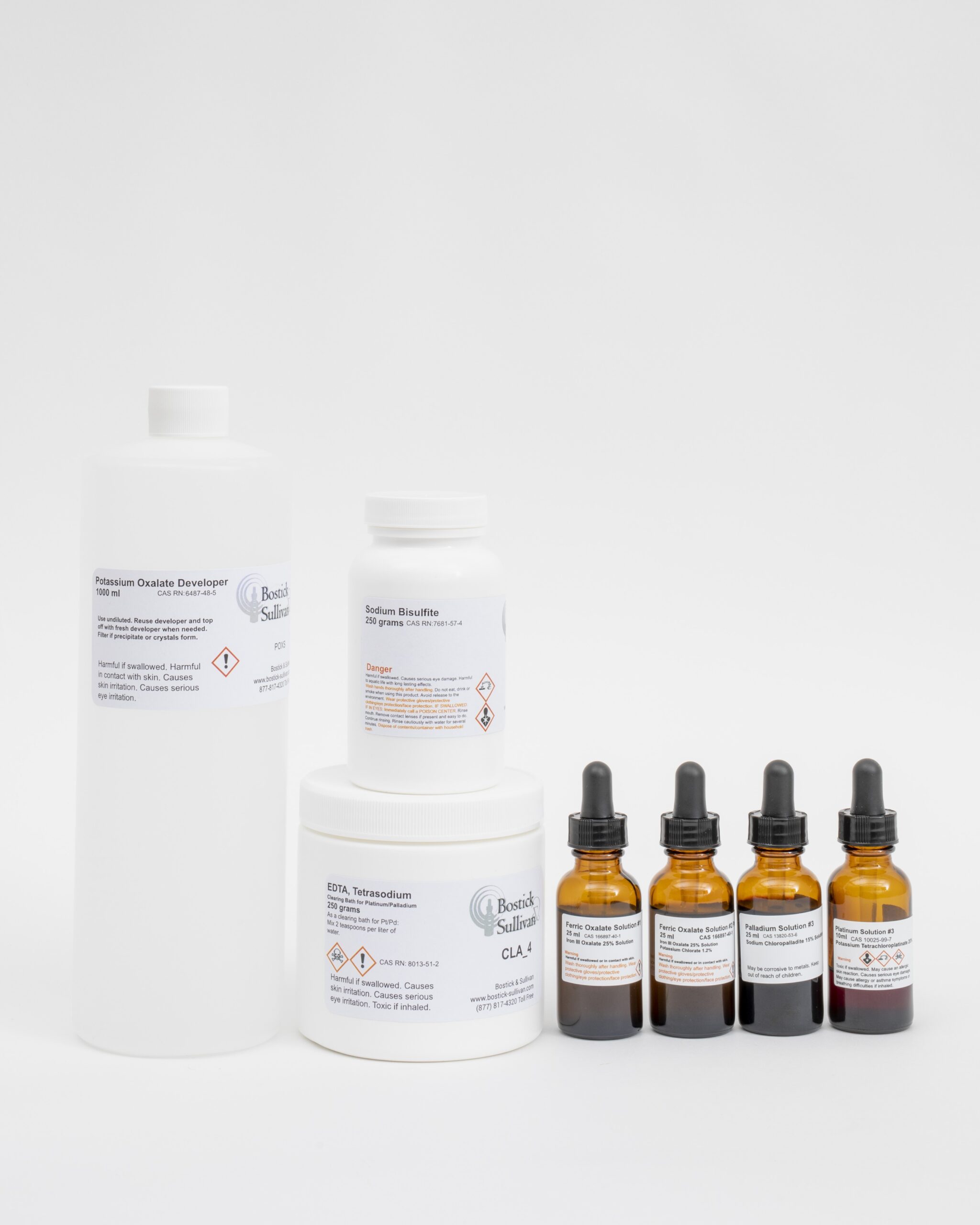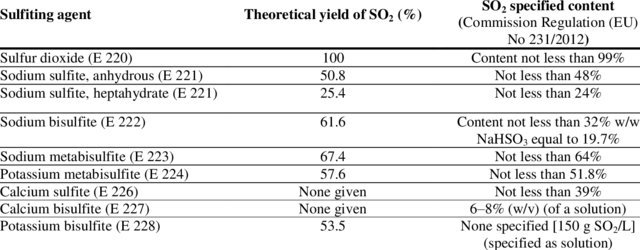homebrandcrumpet
Newbie
Beginner's error! I'm getting my chemicals together for I could only find sodium thiosulfate from camera stores in my region, and I couldn't find any information on how to substitute this for sulphate so I was stumped. I eventually managed to find some sodium sulphite from a local preservatives manufacturer, however when it arrived the ingredients were listed as:
Preservative 221 (CONTAINS: 49% SULPHUR DIOXIDE, SODIUM SULPHITE).
This wasn't described on their webstore, only on the label when the bag arrived. I'm guessing I've ordered food-grade sodium sulphite instead of photochemical grade? Can this be safely substituted or should I send it back and keep seraching? Any help with these substitutions would also be greatly appreciated.
Preservative 221 (CONTAINS: 49% SULPHUR DIOXIDE, SODIUM SULPHITE).
This wasn't described on their webstore, only on the label when the bag arrived. I'm guessing I've ordered food-grade sodium sulphite instead of photochemical grade? Can this be safely substituted or should I send it back and keep seraching? Any help with these substitutions would also be greatly appreciated.





